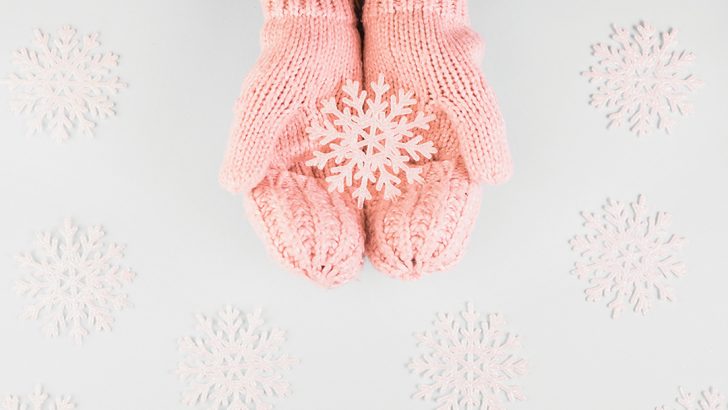Children’s Corner
Some people will be hoping for a white Christmas this year but what is snow and what natural conditions are necessary for it to be created? There is an easy and fun science experiment you can do at home that will allow anyone to make their own snow crystals. You can learn how to make a snowflake using borax and a few other easy to find household items.
Apparatus:
-String
-Wide mouth jar
-White pipe cleaners
-Blue food colouring (optional)
-Boiling water
-Borax
-Small wooden rod or pencil
Method:
-Get a white pipe cleaner and cut it into three sections of the same size. Twist these sections together in the centre so that you now have a shape that looks something like a six-sided star.
-Take the top of one of the pipe cleaners and attach another piece of string to it. Tie the opposite end to your small wooden rod or pencil. You will use this to hang your completed snowflake.
-Carefully fill the jar with boiling water
-For each cup of water add three tablespoons of borax, adding one tablespoon at a time. Stir until the mixture is dissolved but don’t worry if some of the borax settles at the base of the jar.
-Add some of the optional blue food colouring if you’d like to give your snowflake a nice bluish tinge.
-Put the pipe cleaner snowflake into the jar so that the small wooden rod or pencil is resting on the edge of the jar and the snowflake is sitting freely in the borax solution.
-Leave the snowflake overnight and when you return in the morning you will find the snowflake covered in crystals!
What’s happening?
Crystals are made up of molecules arranged in a repeating pattern that extends in all three dimensions. Borax is also known as sodium borate. It is usually found in the form of a white powder made up of colourless crystals that are easily dissolved in water.
When you add the borax to the boiling water you can dissolve more than you could if you were adding it to cold water, this is because warmer water molecules move around faster and are more spread apart, allowing more room for the borax crystals to dissolve.
When the solution cools, the water molecules move closer together and it can’t hold as much of the borax solution. Crystals begin to form on top of each other and before you know it you have your completed crystal snowflake!


 Chai Brady
Chai Brady
